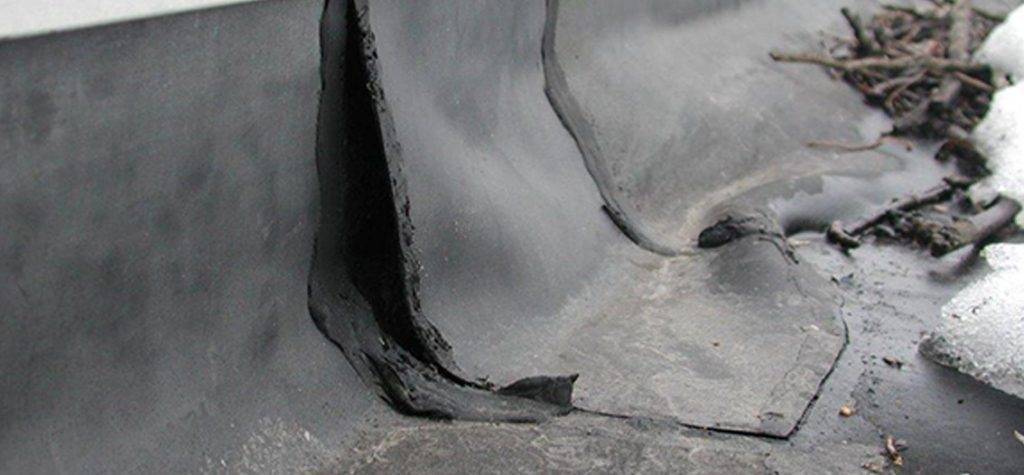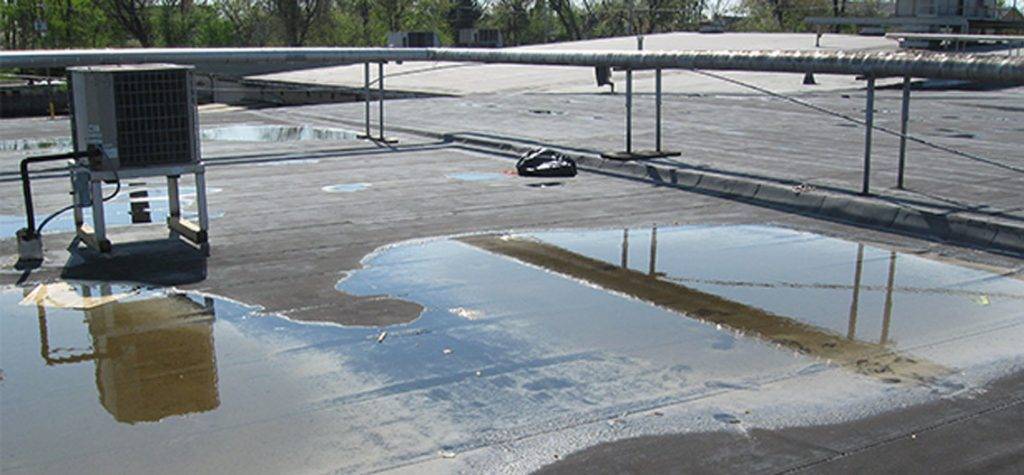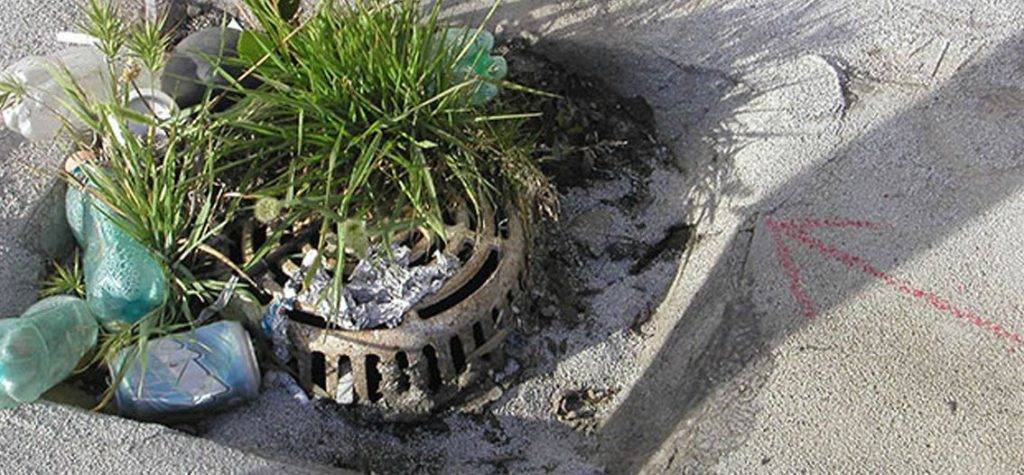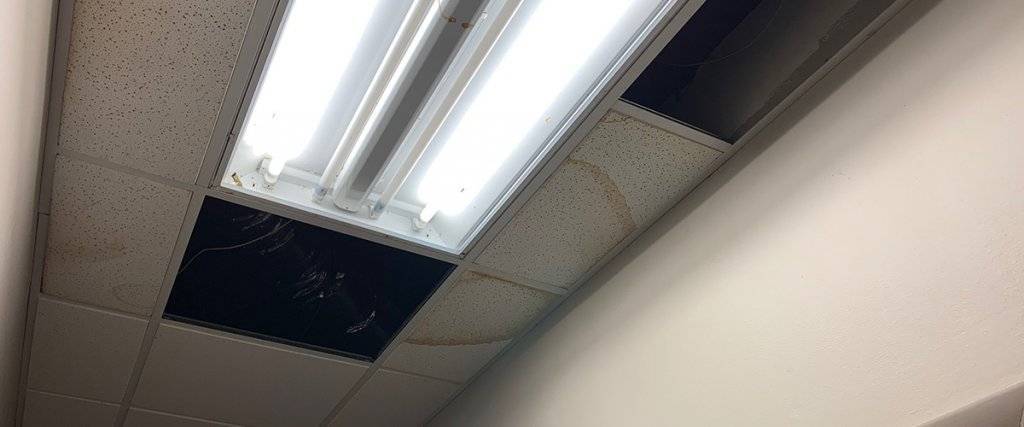6 Subtle Signs of Commercial Roof Damage
If you don’t see a problem, there must not be a problem. And what you do notice, “That’s normal, right?” These thoughts can be dangerous. Unseen or overlooked damage and changes in your roof system may be signs of an underlying problem. We’ve got six conditions to look out for.
No. 1 Cracks, Rips, Splits, and Punctures in the Roof Membrane
Whether they’re caused by long-term UV radiation, shrinking, dropped tools, windborne debris somersaulting over the roof, birds, insects, or hail, rarely, they won’t result in roof leaks. Early detection of cracks, punctures, splits, and rips is critical. The sooner it’s caught, the less you’re likely to spend on repairing the damage.
Typically, the membrane around the damage is cleaned, primed, and patched. If this defect is ignored, expect wet roof insulation, leaks, and over time, the potential for a rusted or rotten structural deck.
No. 2 Loose or Damaged Flashings
Installed where the roof meets skylights, curbs, parapet walls, etc., flashing is critical to keeping your roof watertight. Temperature fluctuations can cause expansion and contraction of the membrane, making the flashing pull. When flashing inevitably becomes loose, leaks are probable. Timing is critical. If caught early, a minor repair is probably all that’s needed.

No. 3 Loose or Unattached Membrane
If the adhesive has failed, fasteners are loose or missing, and the membrane no longer appears attached, call your roofing contractor. Rain can enter your facility and cause damage and safety concerns. And if air can enter under the membrane, wind uplift is possible. During tropical storms, tornadoes, and straight-line wind events, there is a risk that the entire roof, including the roof deck, could blow off.
No. 4 Ponding Water
Water that remains on the roof for 48-72 hours after the rains stop could be concerning. It may be a sign of blocked drainage, inadequate slope, or compressed insulation. When water doesn’t move off the roof, it accelerates aging, thereby shortening the life of your roof system. It also encourages the collection of dirt and the growth of microbes and sprouting seeds. Bottom line: work with your roofing contractor to determine the cause and remedy the problem.

No. 5 Vegetation
Unless your roof system was designed to have vegetation, the appearance of weeds, plants, and trees on the roof is a sign of a serious problem. While most common on ballasted roof systems where rock traps dirt, vegetation can grow on any roof if given the opportunity. Unwanted plant life can block drains and roots can compromise waterproofing. Prevention is key with regular cleaning of the membrane and roof inspections twice (or more) annually.

No. 6 Stained Ceiling Tiles, Mold, or Damaged Batten Insulation
Where you have stained ceiling tiles or mold, you’ve got moisture. It’s likely damaged your insulation as well. Dried mineral deposits on ceiling tiles and a musty odor are hard to ignore. Call your roofing contractor for a leak evaluation. After inspecting the underside of the roof deck and asking questions, roofing professionals can look for punctures or other obvious roof defects, and with your permission, conduct a water test to recreate the leak to pinpoint its exact source. Once the problem is identified, a repair plan can be executed.

These six things are easy to miss (or dismiss) but are often symptomatic of a larger problem. When concerns arise, contact your professional roofing contractor. They’re trained to identify problems, apply solutions, and work safely on the roof.
Contact D. C. Taylor Co. today at 319.731.4118 or [email protected] to schedule a roof inspection, leak evaluation, or general preventive maintenance.






 Previous
Previous